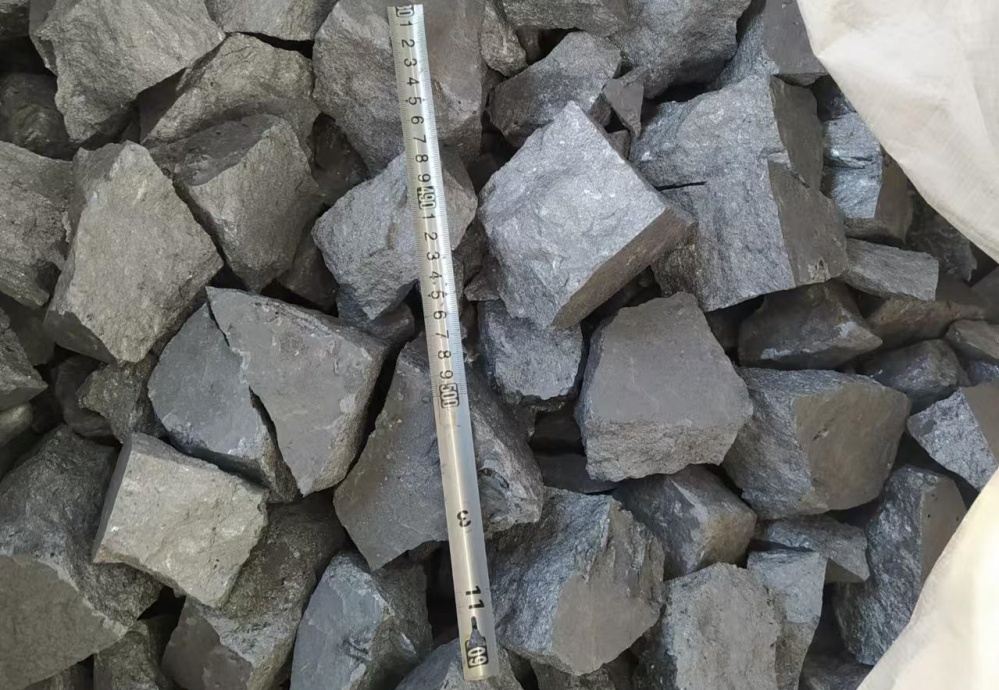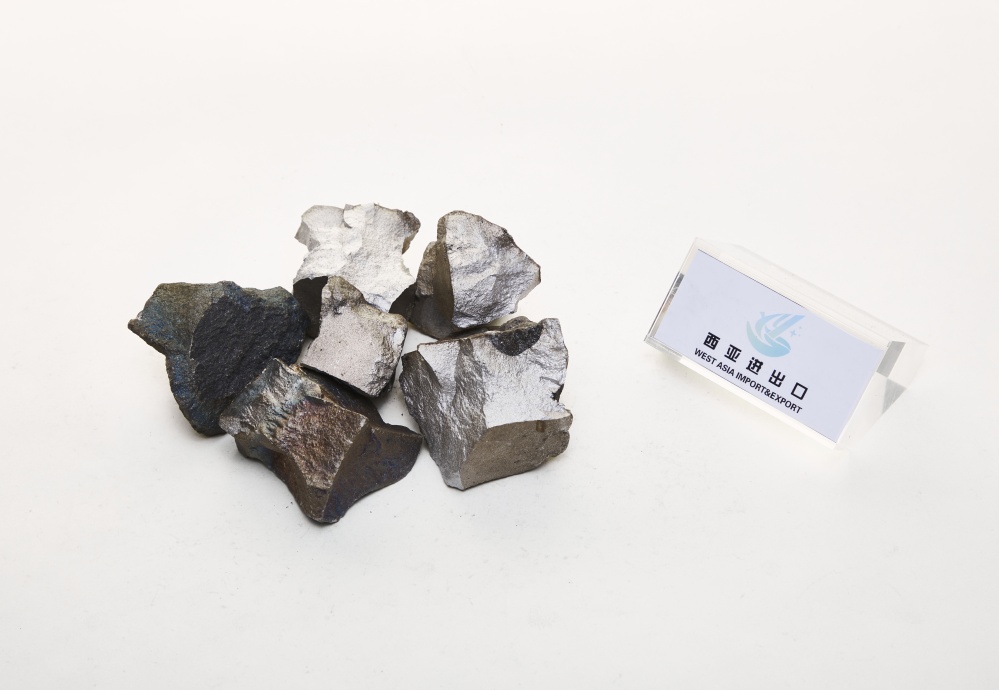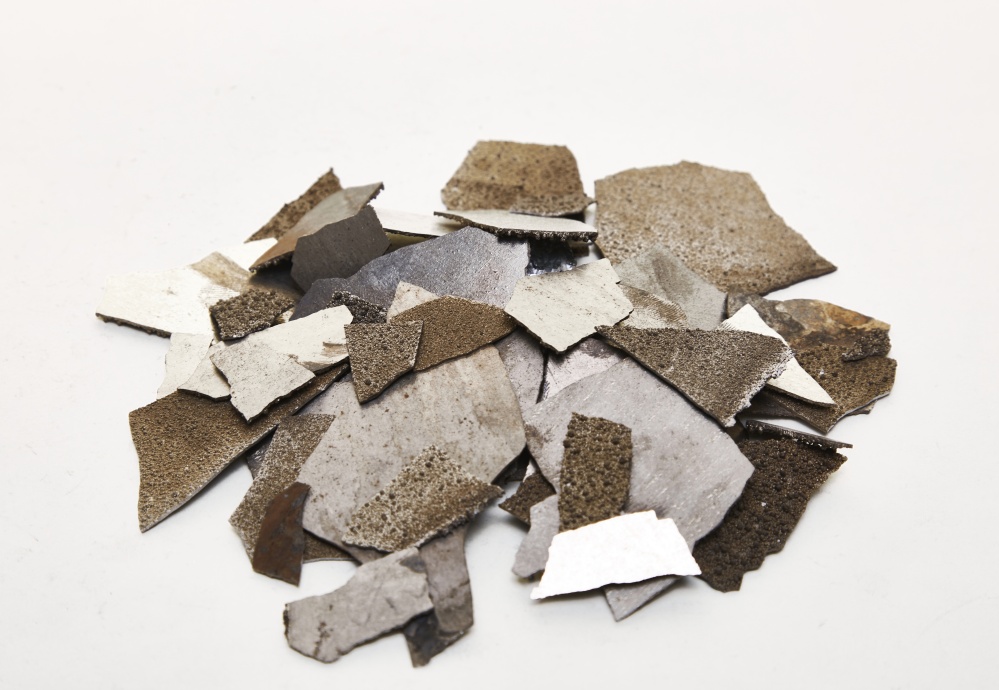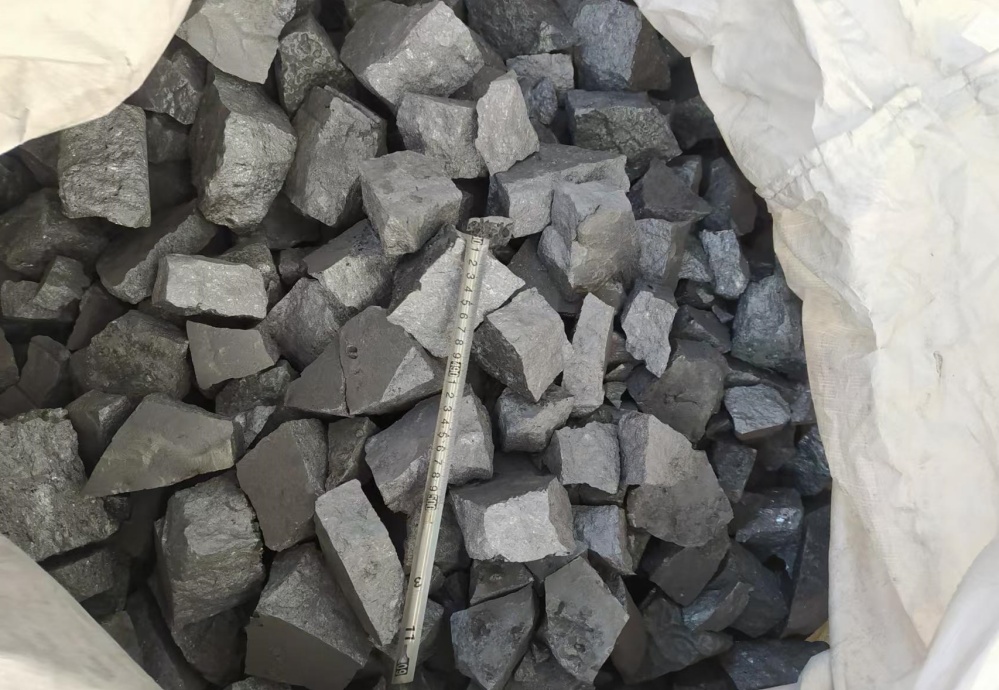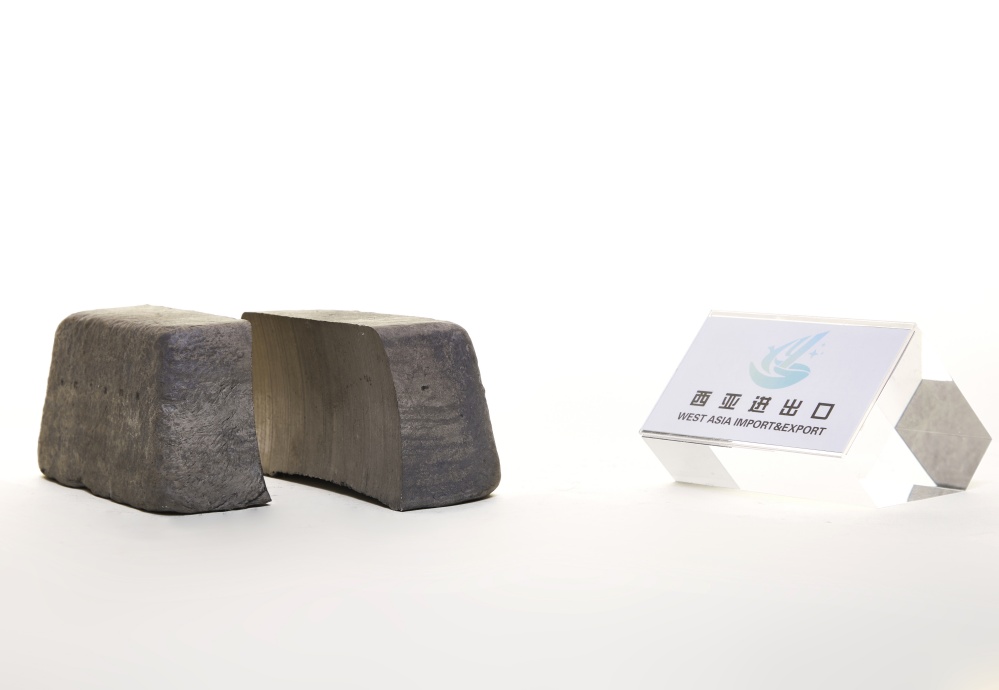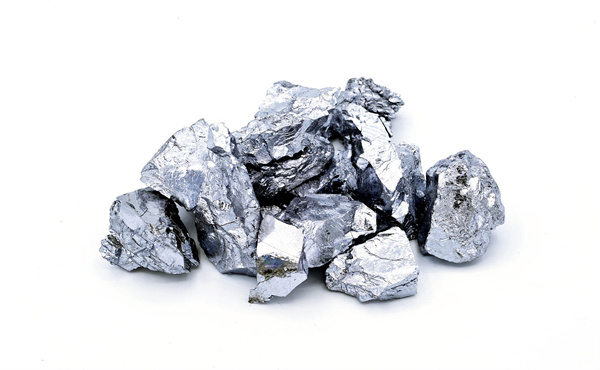
Chromium Metal
The content of chromium in the earth's crust is 0.01%, ranking 17th. Native chromium in free form is extremely rare and is mainly found in crocoite
- Grade: Customized
- Size: Customized
Chromium (Chromium), chemical symbol Cr, atomic number 24, belongs to group VIB in the periodic table of elements, the name of the element comes from Greek, the original meaning is "color", because the compounds of chromium have colors. The elemental substance is steel-gray metal, which is the hardest metal in nature.
| Grade | Chemical elements contents% | ||||||||
| Fe | Al | Si | Ni | C | O | sum of impurities (<) | |||
| Cr-1 99.99% | ≤100ppm | 70 | 50 | 50 | 10 | 100ppm | |||
| Cr-2 99.95% | 150ppm | 30 | 50 | 40 | 100 | 80 | 50 | 20 | 500ppm |
| Cr-3 99.9% | 500 | 70 | 100 | 100 | 200 | 350 | 100 | 30 | 0.1% |
Chromium Metal Uses
Chromium has excellent properties such as hard and brittle, corrosion resistance, etc., so it is widely used in metallurgy, chemical industry, cast iron, refractory and high-end technology and other fields. Metal chromium is used as an additive for aluminum alloys, cobalt alloys, titanium alloys, high-temperature alloys, and resistance heating alloys.
In the metallurgical industry, chromite is mainly used to produce ferrochrome alloy and metallic chromium. Metal chromium is mainly used to smelt special alloys with cobalt, nickel, tungsten and other elements. These special steels and special alloys are indispensable materials for aviation, aerospace, automobiles, shipbuilding, and defense industries to produce guns, missiles, rockets, ships, etc. In refractory materials, chromite is used to make chrome bricks, chrome-magnesia bricks and other special refractory materials.

